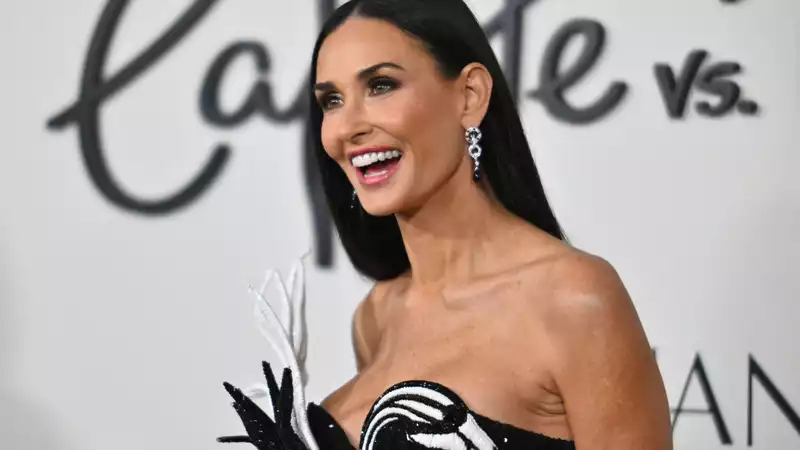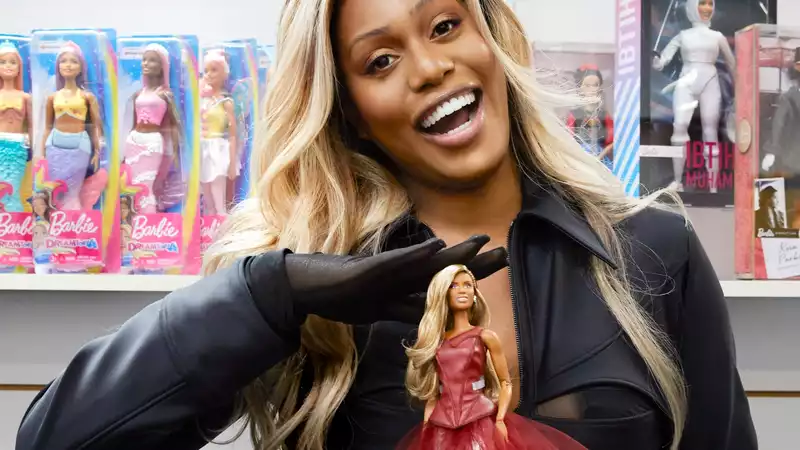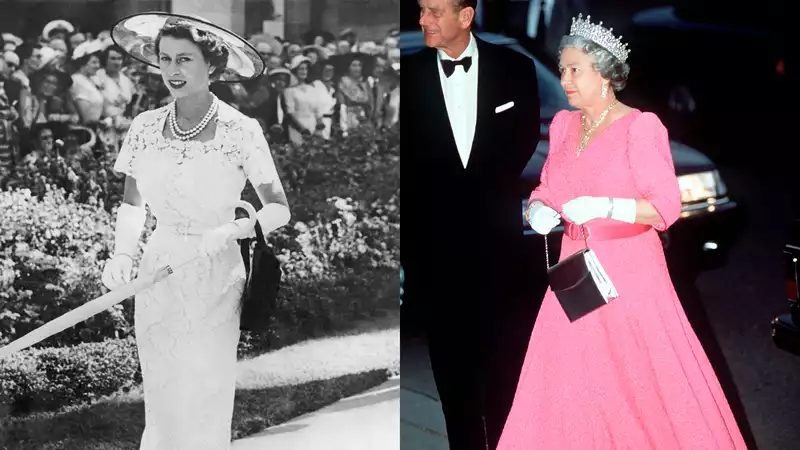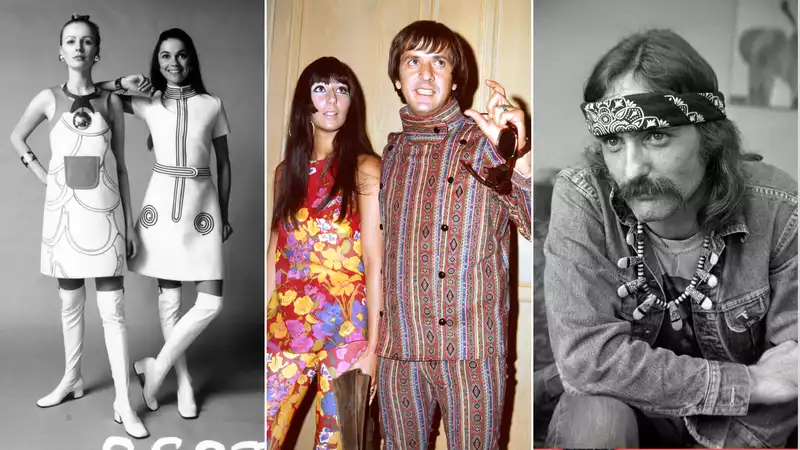Laverne Cox Becomes First Transgender to Get a Barbie in Her Image: 'Incredible Honor'
"I wasn't allowed to play with Barbie as a child," Laverne Cox said on May 25, four days before her 50th birthday, as Mattel unveiled a Barbie in her image. [When I was in my 30s, I was in therapy and my therapist told me that it was never too late to have a childhood and that I should buy and play with Barbie as a way to heal my inner child and heal my childhood trauma. So I did," Cox told Marie Claire.
Throughout her career, this award-winning actress and activist has broken down barrier after barrier for trans people, especially trans people of color: she was the first trans person to be nominated for an Emmy Award, the first to be immortalized as a wax figure She was the first trans person to be nominated for an Emmy, the first trans person to be immortalized as a wax figure, and the first trans person to appear on the cover of a prestigious magazine. But being the first to reach these milestones does not make it any less "unrealistic" for her to have her own Barbie.
The doll is part of Mattel's tribute collection, which also includes dolls for Lucille Ball, Queen Elizabeth II, and Vera Wong, respectively. While Barbies have emulated every celebrity from Beyoncé to Joan Jett, Cox is the first openly transpersonal person to have a Barbie made in her image. (Mattel introduced a collection of gender-neutral dolls in 2019, but these were not made to resemble real people.)
Naturally, for Cox, this new first was a little different. It felt a little surreal, like waking up from a dream," she explains. But I saw the dolls, I went to the design center. It's really an incredible honor to be able to turn 50 and have this incredible honor, to be the first transgender person to have a Barbie made in my likeness, especially when I think about my life and everything that I've been through, all the hardships and difficulties that I've had to go through.
While it is certainly a personal honor, Cox is also aware of what the doll means to many trans people of all ages. She says, "I think it's very, very exciting to think about the potential this doll has for kids, especially trans and gender non-conforming youth. Especially at this historic moment when transgender and gender non-conforming people are being viciously attacked by policies across the United States."
When Mattel approached Cox with the idea of creating a Barbie in her honor, she didn't have to think long: "In 2015, I saw Ava DuVernay with a Barbie doll and thought, 'I want a Barbie,' and I told my manager so! " she recalls." Then about two years ago, maybe a year and a half ago, I was approached and I thought, "Oh my gosh." It felt like she "spoke like she was present."
A true red carpet icon, Cox was heavily involved in the design process of Barbie's costume. She initially wanted the doll to come with several outfits so that children could be creative, but was told that would be too expensive, which she and the brand wanted to avoid. So they came up with a compromise. Barbie comes with one outfit and can be worn in different combinations.
"What I like about what we came up with is that it's something that I like in my style and has been kind of my staple for years.
"You can wear a bustier with a catsuit, you can wear a catsuit with a sheer dress, you can wear it a number of different ways."
As a child, Cox was taught to be ashamed of her desire to play with dolls, but she is on a mission to help break the cycle of shame often inflicted on trans children. 'I was shamed for wanting to play with Barbie. I was shamed for being feminine." [So when parents, teachers, and adults are not shamed, shame is learned; shame is taught.
But Cox also wants to make it clear that when transgender children are shamed at the hands of their caretakers, they can and should take control of their own healing as adults. And for her, Barbie played a major role in that healing process. [Being able to play with Barbie as an adult was a wonderful thing. When I think about Barbie, I have a history of wanting Barbie, of wanting to play with Barbie and being denied, and then as an adult being able to find a sense of healing in Barbie in relation to my childhood," she says. [I think of the children who were able to play with Barbie, but also of the adults (transgender and gender non-conforming) who were denied that opportunity. [8] [9] As Rizzo says, it's time to move on.
.






Comments